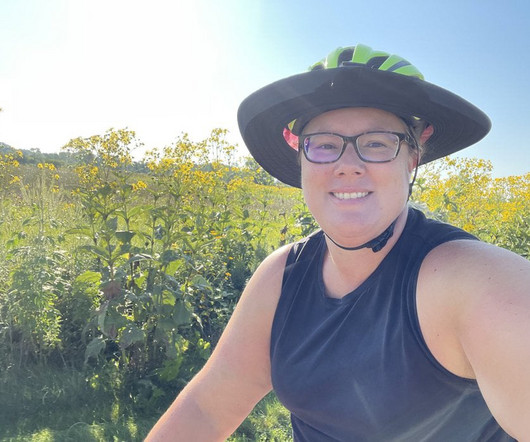Meet a Reader | JenRR from the Midwest
The Frugal Girl
FEBRUARY 18, 2024
The first few years after graduating, I racked up a large credit card debt and bought a new SUV that cost approximately the same as my annual salary. I grew up with the misconception that a college degree pretty much guaranteed a comfortable income, and that I wouldn’t have to worry too much about money when I got a “real” job.











Let's personalize your content